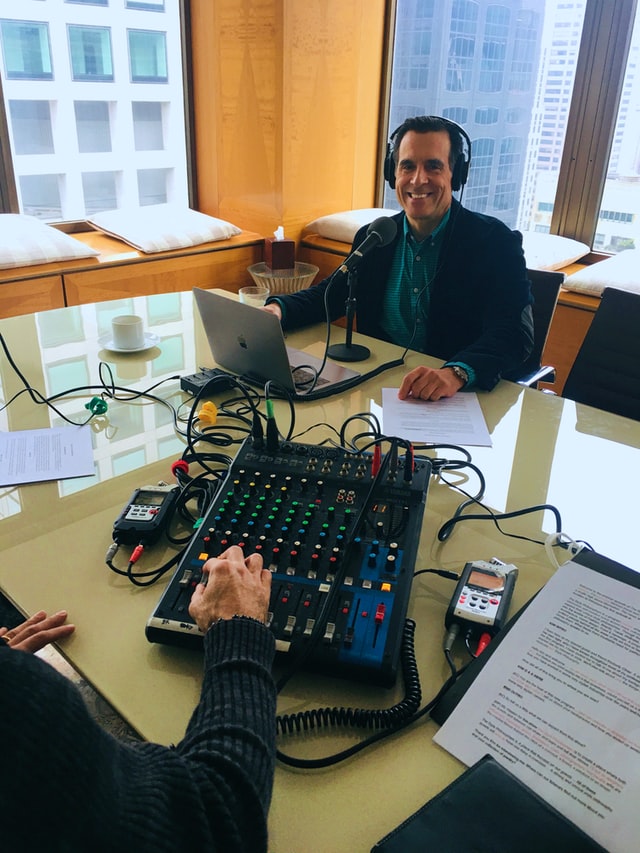Although strongly challenged by many creators, a widespread technique in the documentary, oral narration, although “exiled” by some currents and genres, remained by far a prevalent and helpful technique with many original approaches to content and style. The various functions of speech are presented in detail, along with the variety in the style of speech. After the detailed presentation of the different aesthetic options, technical instructions are given regarding the writing of the text of the narration, the choice of the speakers, the guidance of their interpretation, and the recording techniques.
Speech or voice-over narration is undoubtedly one of the main building blocks of many documentaries. The invisible voice that dominated the soundtrack in almost every documentary in the period 1930-1960, although it was strongly challenged by many creators, although it was “exiled” by some currents and genres, although stigmatized as old-fashioned and anti-cinematic, remained by far an extremely popular technique with many and original approaches to content and style that retains a strong foothold in viewers’ habits.
Few narrative techniques have been as challenged as oral narration. Opponents of speech have been around since the invention of talking cinema. With their proclamation, Eisenstein, Pudovkin and Alexandrov rang the alarm bell as early as 1928, warning that the advent of sound would distort the new art of cinema, and especially editing, with elements of older arts. In this respect, their predictions were wholly justified, as the ancient art of oral narration not only penetrated but survives to this day prosperously – in the form of speech – both in the cinema of fiction and in the documentary format.
Voice over functions
In movies or scenes that focus on the transmission of information, voice-over is widely used. Oral narration can inform and explain clearly, describe, and transfer knowledge by combining speech with explanatory images, presenting a lecture or lesson analogy with rich visual documentation. Complex information can thus be simplified as well as significant difficulties in understanding the subject or story to be overcome successfully. Of course, it is difficult to imagine the information exhibition in the form of speech becoming an unforgettable cinematic experience anyway, information and expertise are rather competing for concepts, and the power of cinema lies rather in the latter. However, information through oral narration can work very effectively, especially when it is economically introduced in scattered parts of the film.

This condensation and speed provided by voice-over is the main reason it is often chosen as a narrative way to start a film or a scene, quickly introduce us to its “world”, and briefly state where, when, and possibly the who and the why. Thus, once we promptly provide the viewer with the necessary information, we can leave him alone to “live” in seemingly effortless, continuous time, whatever is of substantial, dramatic interest.
In addition to introducing a sequel scene, the voice-over part can also summarize developments in a compilation scene that summarizes events from a long period of time and advances the story. So in a montage sequence, usually accompanied by music, oral narration can bridge seasons and quickly transport us to another place and time. As an introduction and a bridge, these two functions of voice-over often meet in classic fiction cinema. So turning to the reliable services of a voice acting agency, you will encounter a huge variety of voice over services. That is why choosing the right professional voice actor is essential for the overall quality of the final result of our content.


Comments are closed.